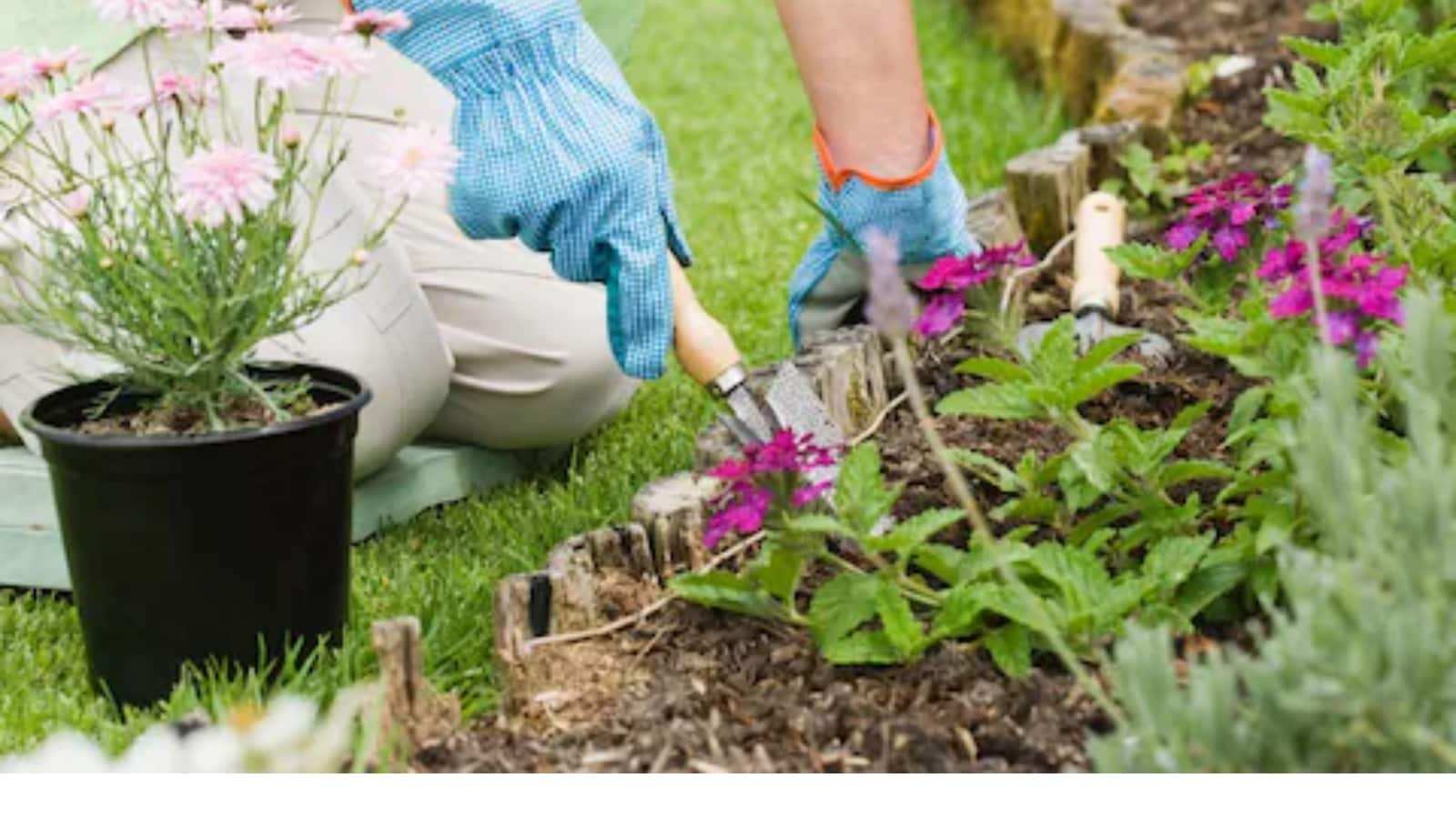Tips On How To Maintain And Keep Your Garden Intact This Fall Season
There’s no need to pull up declining crops if they’re still producing. Take what you can from them until they die down on their own, then clear beds of plant debris.
Planting a cover crop such as clover or rye in vacant vegetable beds will help suppress weeds, control erosion and add nutrients to the soil. Come spring, just turn the ground over and plant your next garden. Avoid using legume cover crops in beds where you plan to grow legumes like beans or peas, however.
Dispose of diseased plants in the trash, and start a compost pile with healthy plant parts. Create layers of fresh materials like fruit and vegetable kitchen scraps, grass clippings, weeds that haven’t gone to seed, coffee grounds, cornstarch packing peanuts, horse manure, and rabbit and bird droppings. Alternate them with dry items like leaves, twigs, shredded paper and straw (never include used kitty litter, dog poop, fats, meat, dairy or other animal products).
To speed decomposition, sprinkle a bit of nitrogen over each layer and keep the pile slightly moist, turning it every so often with a pitchfork. By next summer, you’ll be able to enrich your soil with “black gold.”
To prepare for spring planting, test your soil’s pH now and add amendments like lime if indicated, and compost, which will work their way deep into the ground over winter.
Avoid fertilizing everywhere except in the South, where some turfgrasses may benefit from an early fall application of a slow-release product. But observe local fertilizer restrictions to protect the ecosystem and prevent waste (and, potentially, fines). During the South’s rainy season, for example, nitrogen is likely to be washed through the soil into groundwater; in the North, cooling temperatures prevent the absorption of fertilizers, which also can leach into groundwater there.
Both scenarios pollute our precious resources and waste money, as unabsorbed fertilizer won’t benefit your lawn or plants, anyway.
Southern gardeners should feed citrus trees now, but not during rainy weather. Use a slow-release product to provide long-lasting nutrients and avoid leaching and runoff.
Rejuvenate the lawn, but core aerate it first. Seed once a week and water lightly every day until it’s 3 inches tall.
Transplant and divide spring- and early-summer perennials and groundcovers, but don’t disturb late-season bloomers until spring.
Fall is a good time to plant trees and shrubs. In cold zones, it’s best to wait until the trees in your area drop their leaves. Water well and apply mulch.
Cool-season crops, like beets, radishes, greens and broccoli can be planted in many temperate climes now.
Finally, do your future self a favour and keep on top of weeds. Pulling them up by their roots before they set seed will significantly reduce their numbers next year.
For all the latest lifestyle News Click Here

